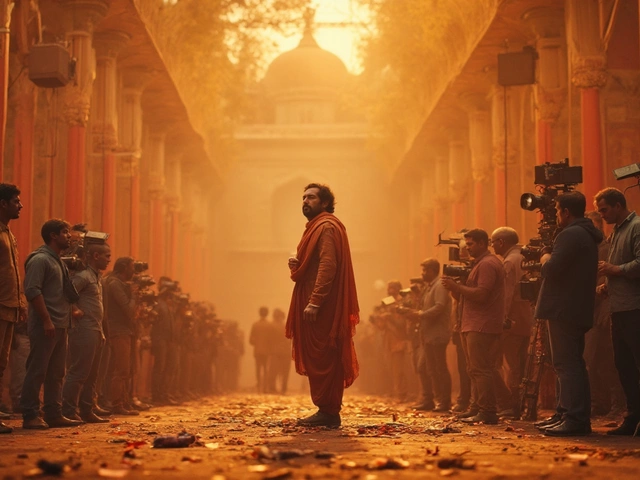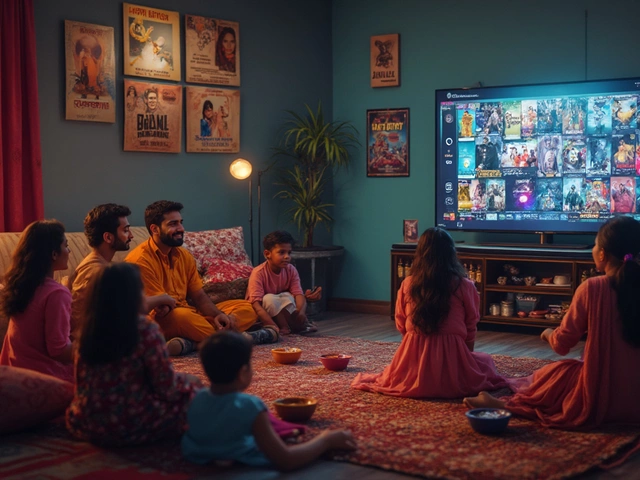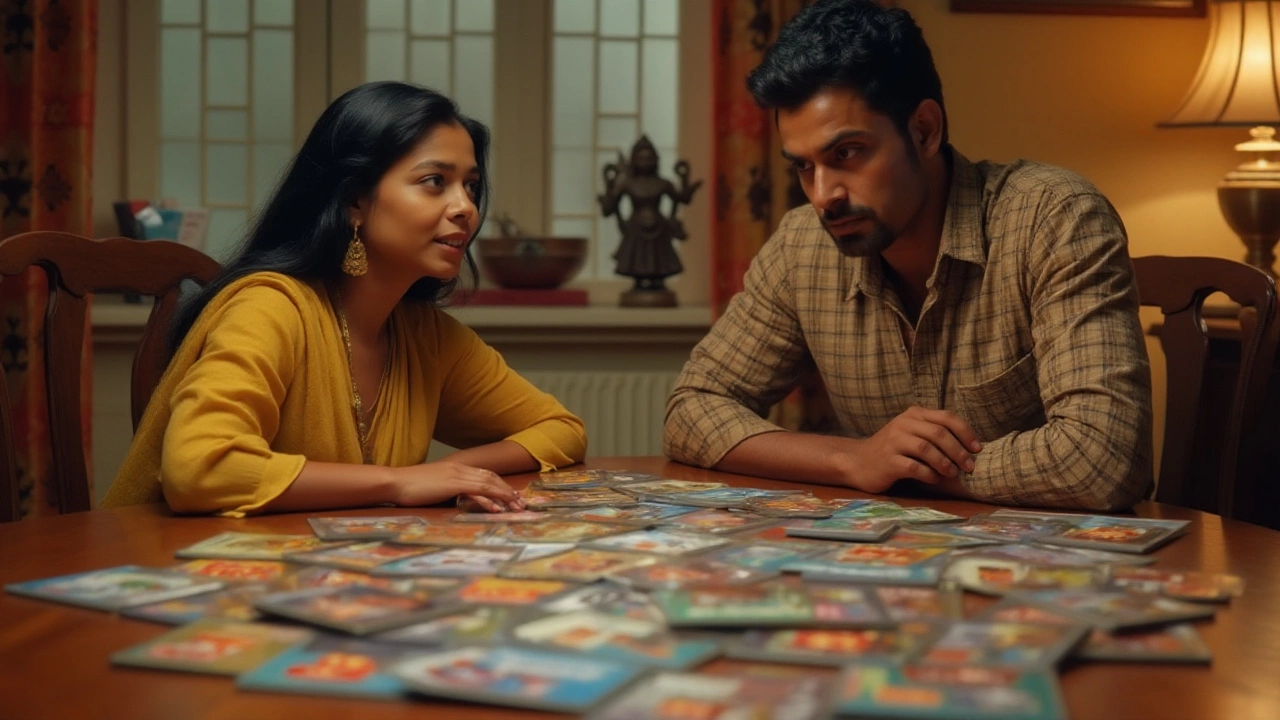Movie Age Restrictions: What Every Viewer Should Know
When talking about movie age restrictions, the set of rules that tell who can watch a film based on its content. Also known as film rating system, it helps parents, theaters, and streaming platforms decide if a movie is suitable for a certain age group. The system encompasses clear categories, official enforcement, and practical guidelines that keep audiences safe while letting creators express themselves.
In India, the Central Board of Film Certification, the government body that grades movies (often called the CBFC) is the authority that applies these restrictions. It enforces the rules by assigning a certification after reviewing each film’s language, violence, sexuality, and drug use. The board’s decisions shape everything from a blockbuster’s release strategy to a streaming service’s recommendation engine.
Why movie age restrictions matter
The CBFC uses rating categories, labels like U, U/A, and A that indicate age suitability to communicate a film’s content level. Rating categories influence audience demographics: a family‑friendly U‑rated film can open on more screens and attract sponsors, while an A‑rated thriller targets adult viewers and may enjoy a higher ticket price per seat. Understanding these categories helps you pick the right movie for a night out with kids or a binge‑watch session with friends.
Age restrictions also affect box‑office performance. Take the Top 2025 Indian Blockbuster Movies list—films that earn a U/A or U certification often see wider releases and longer theatrical runs, boosting total earnings. Meanwhile, movies with an A rating may rely on premium pricing or streaming deals to hit profit targets. The interplay between certification and revenue is a core reason why producers pay close attention to the CBFC’s guidelines during pre‑production.
For viewers, the system offers concrete content warnings, brief notes about violence, language, or mature themes that appear on posters and digital platforms. These warnings enable parents to make informed choices without reading full reviews. They also help teenage audiences self‑regulate, ensuring they’re not exposed to material they’re not ready for.
Film festivals, cinema chains, and OTT services all rely on the same age‑based framework. When a new release hits the shelves, the certification tag appears on tickets, streaming thumbnails, and social media teasers. This consistency creates a trusted signal across the industry: whether you’re watching a regional drama in Kollywood or a pan‑India action epic, the age tag tells you exactly what to expect.
Now that you know how movie age restrictions work, you’ll spot the CBFC badge, decode rating categories, and understand why certain films pick specific release windows. Below, you’ll find articles that dive deeper into blockbuster performance, rating trends, and practical tips for choosing the right film for any occasion.
Is a 15 Rated Film Suitable for a 13 Year Old in the UK?
Navigating film ratings can be tricky for parents, especially when deciding if a 13-year-old should watch a 15 rated film in the UK. Understanding the nuances of the BBFC rating system, which prioritizes the protection of minors, is crucial. This article explores the guidelines and implications while offering tips for parents to make informed choices about film viewings with their teenagers. Knowing what to expect can help ensure a movie is both enjoyable and suitable.





